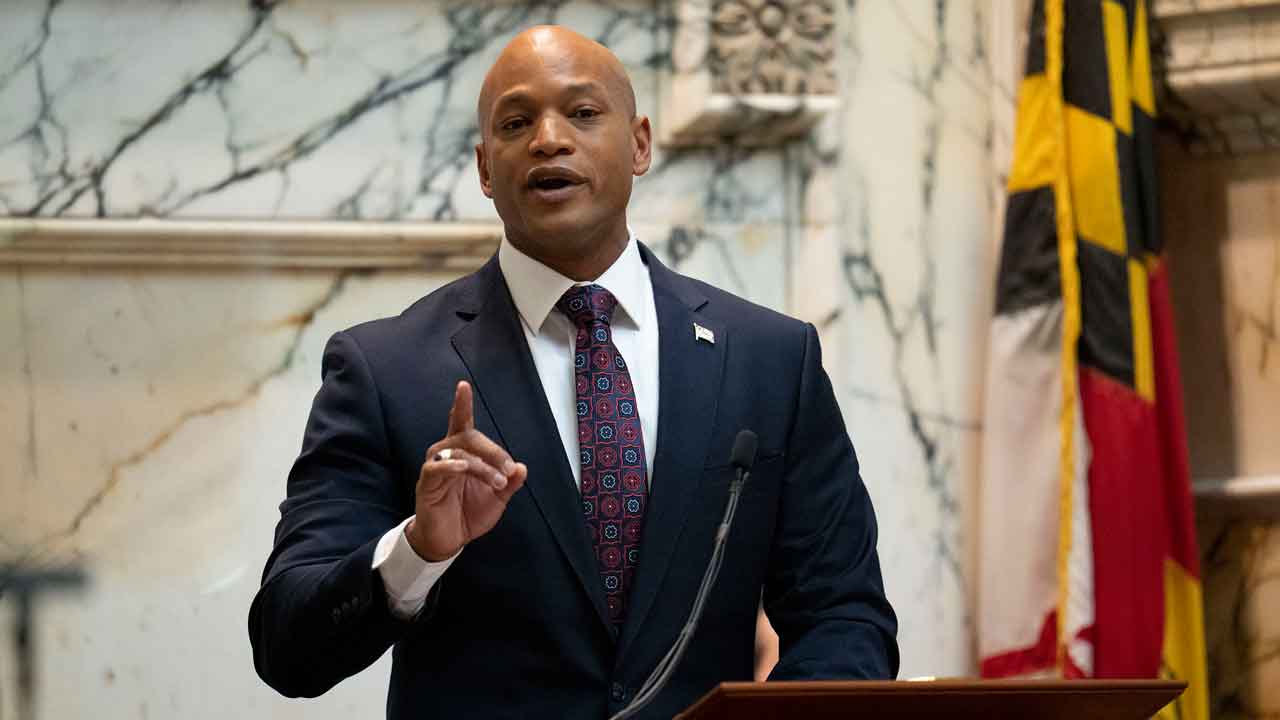Growing demand as labor pool likely to shrink
Demand for caregivers is predicted to surge in the U.S. as the youngest baby boomers reach retirement age, with the need for home health and personal care aides projected to grow about 21% over a decade, according to the Bureau of Labor Statistics. Those 820,000 additional positions represent the most of any occupation. The need for nursing assistants and orderlies also is projected to grow, by about 65,000 positions.
Caregiving is often low-paying and physically demanding work that doesn’t attract enough native-born Americans. The median pay ranges from about $34,000 to $38,000 a year, according to the Bureau of Labor Statistics.
Nursing homes, assisted living facilities, and home health agencies have long struggled with high turnover rates and staffing shortages, Smith Sloan said, and they now fear that Trump’s immigration policies will choke off a key source of workers, leaving many older and disabled Americans without someone to help them eat, dress, and perform daily activities.
With the Trump administration reorganizing the Administration for Community Living, which runs programs supporting older adults and people with disabilities, and Congress considering deep cuts to Medicaid, the largest payer for long-term care in the nation, the president’s anti-immigration policies are creating “a perfect storm” for a sector that has not recovered from the covid-19 pandemic, said Leslie Frane, an executive vice president of the Service Employees International Union, which represents nursing facility workers and home health aides.
The relationships caregivers build with their clients can take years to develop, Frane said, and replacements are already hard to find.
 Alanys Ortiz helps Josephine Senek with daily homework, such as her “My Daily Calendar” chart.Shelby Knowles for KFF Health News
Alanys Ortiz helps Josephine Senek with daily homework, such as her “My Daily Calendar” chart.Shelby Knowles for KFF Health NewsIn September, LeadingAge called for the federal government to help the industry meet staffing needs by raising caps on work-related immigration visas, expanding refugee status to more people, and allowing immigrants to test for professional licenses in their native language, among other recommendations.
But, Smith Sloan said, “There’s not a lot of appetite for our message right now.”
The White House did not respond to questions about how the administration would address the need for workers in long-term care. Spokesperson Kush Desai said the president was given “a resounding mandate from the American people to enforce our immigration laws and put Americans first” while building on the “progress made during the first Trump presidency to bolster our healthcare workforce and increase healthcare affordability.”
Refugees fill nursing home jobs in Wisconsin
Until Trump suspended the refugee resettlement program, some nursing homes in Wisconsin had partnered with local churches and job placement programs to hire foreign-born workers, said Robin Wolzenburg, a senior vice president for LeadingAge Wisconsin.
Many work in food service and housekeeping, roles that free up nurses and nursing assistants to work directly with patients. Wolzenburg said many immigrants are interested in direct care roles but take on ancillary roles because they cannot speak English fluently or lack U.S. certification.
Through a partnership with the Wisconsin health department and local schools, Wolzenburg said, nursing homes have begun to offer training in English, Spanish, and Hmong for immigrant workers to become direct care professionals. Wolzenburg said the group planned to roll out training in Swahili soon for Congolese women in the state.
Over the past 2½ years, she said, the partnership helped Wisconsin nursing homes fill more than two dozen jobs. Because refugee admissions are suspended, Wolzenburg said, resettlement agencies aren’t taking on new candidates and have paused job placements to nursing homes.
Many older and disabled immigrants who are permanent residents rely on foreign-born caregivers who speak their native language and know their customs. Frane with the SEIU noted that many members of San Francisco’s large Chinese American community want their aging parents to be cared for at home, preferably by someone who can speak the language.
“In California alone, we have members who speak 12 different languages,” Frane said. “That skill translates into a kind of care and connection with consumers that will be very difficult to replicate if the supply of immigrant caregivers is diminished.”
The ecosystem a caregiver supports
Caregiving is the kind of work that makes other work possible, Frane said. Without outside caregivers, the lives of the patient and their loved ones become more difficult logistically and economically.
“Think of it like pulling out a Jenga stick from a Jenga pile, and the thing starts to topple,” she said.
Thanks to the one-on-one care from Ortiz, Josephine has learned to communicate when she’s hungry or needs help. She now picks up her clothes and is learning to do her own hair. With her anxiety more under control, the violent meltdowns that once marked her weeks have become far less frequent, Ortiz said.
“We live in Josephine’s world,” Ortiz said in Spanish. “I try to help her find her voice and communicate her feelings.”
Ortiz moved to New Jersey from Venezuela in 2022 as part of an au pair program that connects foreign-born workers with people who are older or children with disabilities who need a caregiver at home. Fearing political unrest and crime in her home country, she got temporary protected status when her visa expired last year to keep her authorization to work in the United States and stay with Josephine.
.png)
 20 hours ago
1
20 hours ago
1









 English (US) ·
English (US) ·